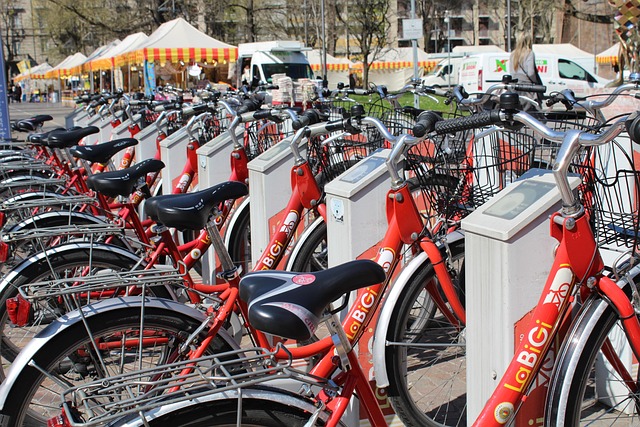Revolutionizing Rural Mobility: Integrating Modern Transportation Solutions
In an era where cities are rapidly evolving with cutting-edge transportation solutions, rural areas often find themselves lagging behind. The modernization of transportation in rural areas is not just a necessity; it’s a profound opportunity to empower communities, enhance daily life, and stimulate local economies. This revolution doesn’t merely focus on roads and vehicles, but also on integrating innovative technologies and sustainable practices that can transform the rural mobility landscape.
The Current State of Rural Transportation
Many rural regions are characterized by limited public transport options, aging infrastructure, and lengthy commutes. Residents often rely on personal vehicles, which can be a financial burden for many families. Furthermore, the lack of efficient transportation options can hinder access to essential services such as healthcare, education, and employment opportunities. The emotional weight of isolation felt in these communities can be heavy, and it’s time to change that narrative.
Innovative Solutions on the Horizon
Modern transportation solutions present a glimmer of hope. Smart buses equipped with real-time tracking systems, ride-sharing platforms tailored for rural needs, and even electric bike programs are beginning to pop up across various regions. For instance, some communities are implementing on-demand shuttle services that allow residents to schedule rides as needed. This flexibility can significantly reduce wait times and improve overall accessibility.
Public-Private Partnerships: A Catalyst for Change
To successfully usher in the modernization of transportation in rural areas, collaboration between public and private sectors is crucial. Local governments, tech companies, and community organizations must unite to create tailored solutions that meet the unique needs of rural populations. By pooling resources and expertise, these partnerships can lead to sustainable initiatives that not only enhance physical connectivity but also foster a sense of community and belonging.
Embracing Technology for Sustainable Futures
The rise of smart technology in the transportation sector opens doors to efficiency and sustainability. From electric vehicles to solar-powered charging stations, rural areas can become frontrunners in green transportation initiatives. Implementing these technologies is not merely about reducing carbon footprints; it represents a commitment to future generations, ensuring they inherit a healthier planet with accessible mobility options.
Community Engagement: Driving Solutions Forward
The heart of rural transformation lies in the community itself. Engaging residents in the planning and implementation processes encourages ownership and accountability. Organizing local forums and feedback sessions can help identify transportation challenges directly from those impacted. When individuals feel heard and involved, they are more likely to advocate for sustainable changes that benefit their lives and those of their neighbors.
Looking Ahead
As we venture into a future where urban and rural landscapes increasingly interact, the potential for innovation in transportation lies untapped. The modernization of transportation in rural areas will not only connect people to places but will also build bridges across cultures and communities, enabling a more integrated approach to modern living. Let us foster changes that enhance mobility and promote well-being for all, ensuring no one is left behind in the revolution of rural transportation.




